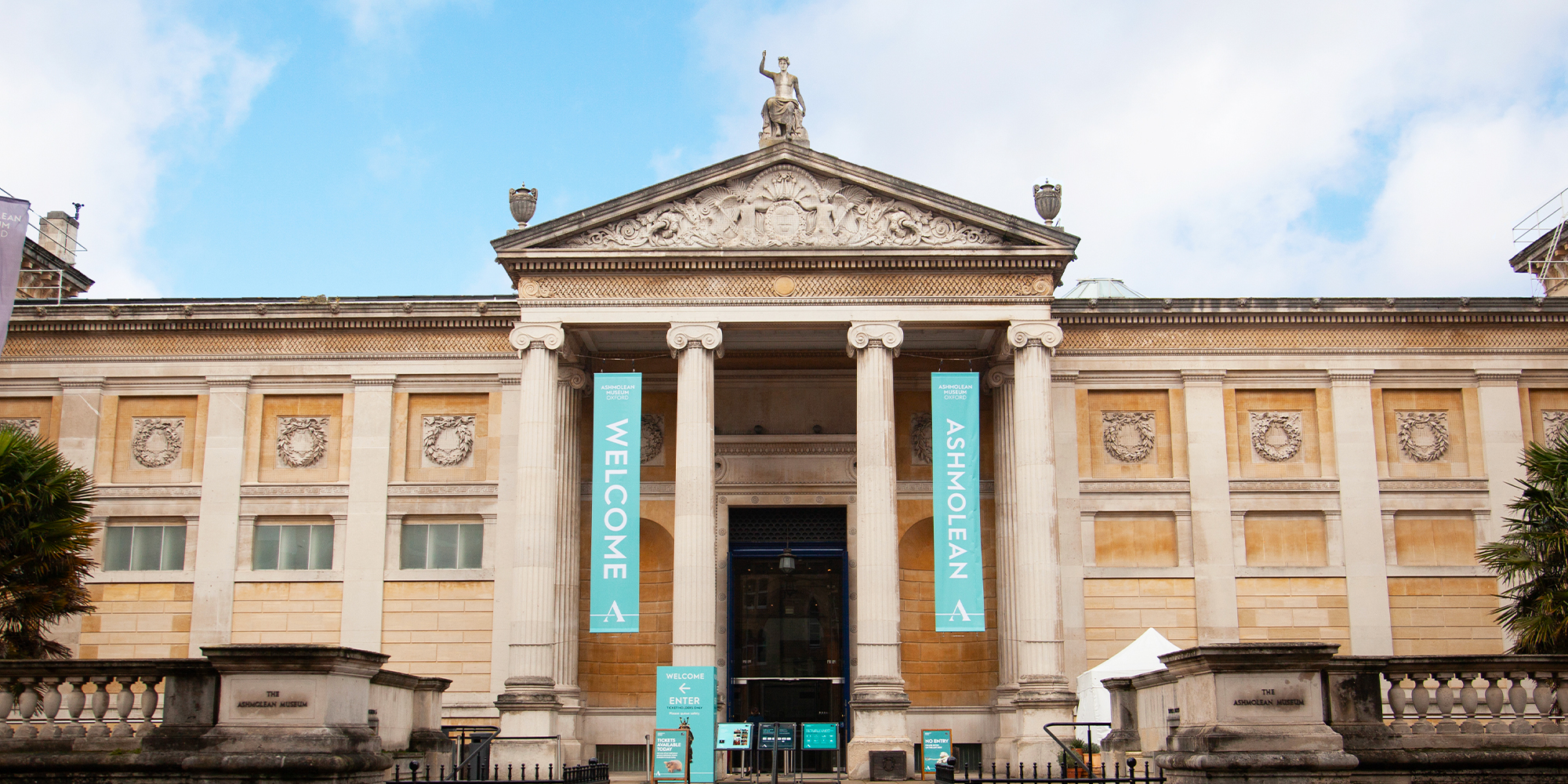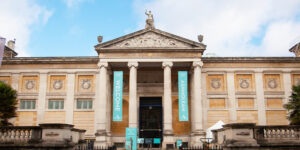
The Ashmolean Museum at the University of Oxford was established in 1683, and is Britain’s first public museum and the world’s first university museum. The collection showcases the breadth of human achievement as well as the intricate links that bind various cultures together.
The museum was established after Elias Ashmole donated his collection to the University of Oxford. Ashmole initially acquired his collection from John Tradescant the Elder and his son, who travelled the world and collected artifacts through the ages. While initially housed next to the Bodleian Library, the burgeoning collection’s demand for space led to its relocation to the grand neo-classical edifice crafted by Charles Cockerell in 1845. The 2009 redevelopment added a touch of modernity, ensuring the Ashmolean remained both historically rich and contemporarily relevant.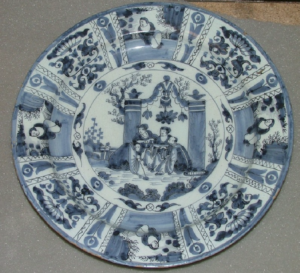
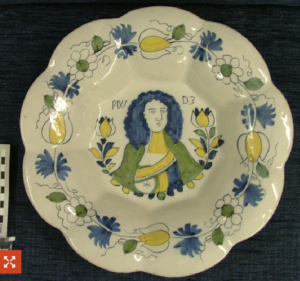
Among the museum’s myriad treasures, the European ceramics section holds a special allure, particularly its Delftware pieces. Crafted in the seventeenth and eighteenth centuries, these items showcase the pinnacle of Dutch ceramic artistry, but with a twist that underscores the interconnectedness of cultures.
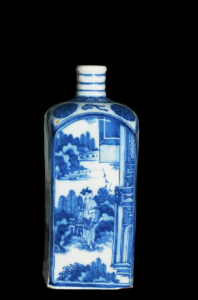
Of particular note in the collection is a blue and white double gourd vase, decorated with intricate chinoiserie motifs. Chinoiserie, a European style inspired by Asian artistic traditions, became immensely popular during this period. The vase, with its sinuous curves and detailed decor, symbolizes the fusion of European craftsmanship and Eastern aesthetics. Similarly, a Delftware bottle in the collection, adorned with chinoiserie scenes, speaks of the allure the Far East held for European artisans. The myriad plates, with their diverse designs ranging from orangerie to chinoiserie themes, further highlight this artistic exchange.
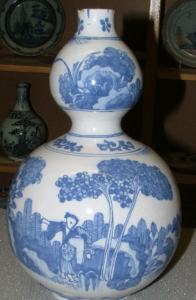
The Ashmolean is more than a guardian of artifacts; it is an active hub of learning and discovery. As part of Oxford University, it hosts regular lectures, research initiatives, and educational programs.
In summation, the Ashmolean Museum stands as more than a repository. It is a celebration of human creativity and the remarkable ways in which cultures, seemingly distinct, interweave and influence one another. The Delftware pieces, especially the chinoiserie-decorated double gourd vase and bottle, epitomize this intercultural dialogue. Through its collections and initiatives, the Ashmolean invites visitors to not just observe, but to engage in a timeless and borderless conversation of art and history.

